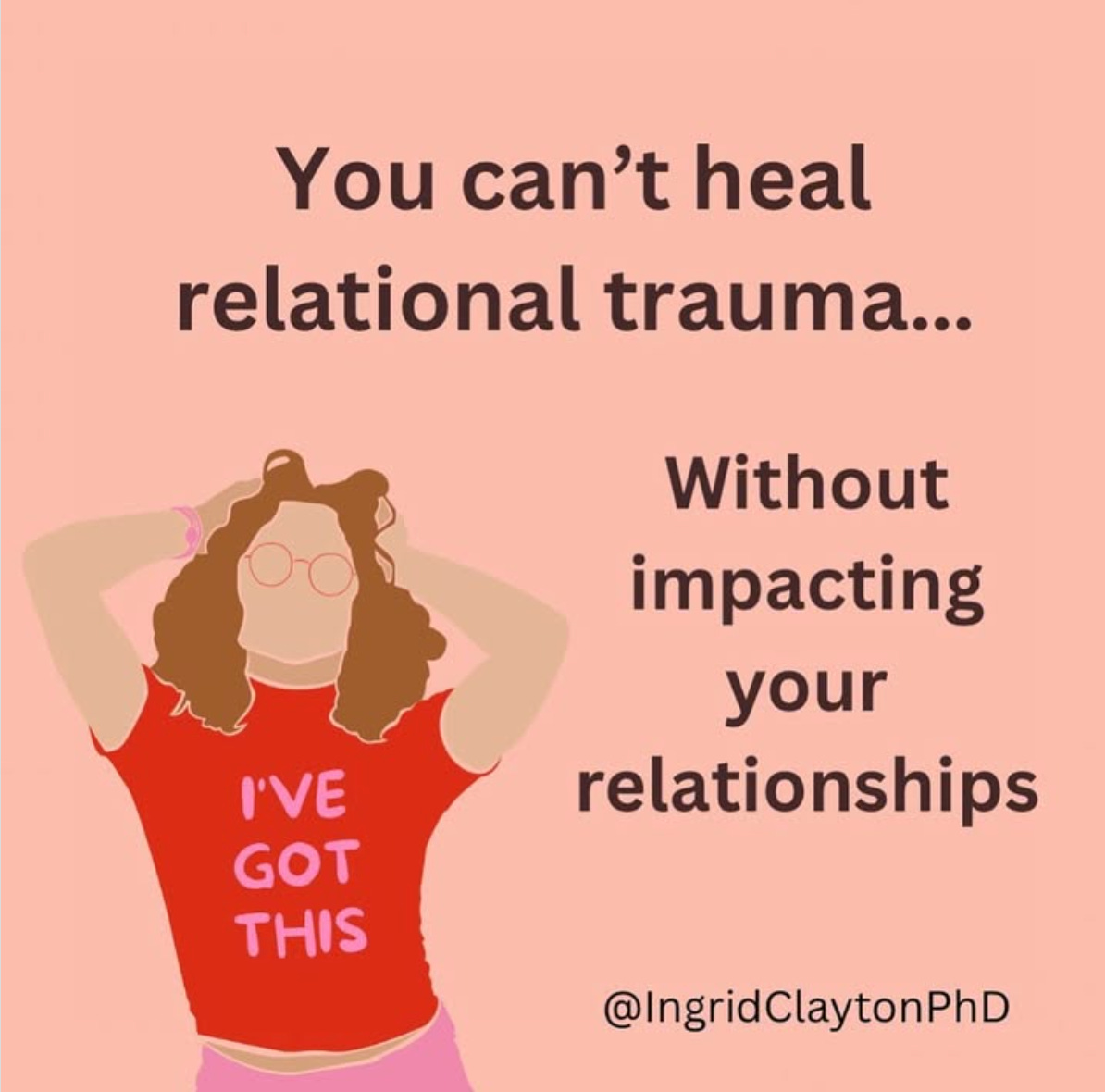Dear Friends,
Healing doesn’t happen in isolation—at least, not entirely. For many of us, healing begins alone. We turn inward. We seek therapy, read the books, join support groups, meditate, journal. We do everything we can to make sense of our experiences without disturbing the fragile balance of the relationships around us.
For some, this approach isn’t just intentional—it’s protective. Maybe we tried addressing things directly with family or loved ones before, and it backfired. Maybe we learned early on that speaking our truth came with consequences. So, we adapted. We accepted less. We stayed quiet. We carried the weight alone.
At some point, our internal work reaches a limit. We can’t heal relational trauma without it impacting our relationships. And when that shift happens, we’re faced with a painful reality: some relationships will adapt, some will struggle, and some will need to end.
From Isolation to Integration
Healing doesn’t just reorganize our internal world—it reshapes the connections around us. As we find more freedom from fawning, as we stop accepting the roles assigned to us, dynamics change. And that change can feel deeply unsettling, even when it’s necessary.
Some relationships will need boundaries. We learn that protecting ourselves doesn’t mean punishing others—it means honoring what we need.
Some relationships will fall away. Not because we failed, but because they depended on us staying small.
Some relationships will grow stronger. Because real connection is built on authenticity, not just keeping the peace.
This isn’t about forcing change. It’s about allowing it. Instead of holding on just for the sake of appearances—for the photos, the nostalgia, the idea of what should be—we start prioritizing what actually is. And that’s hard. But what’s harder is living disconnected from ourselves.
Practical Tools for Navigating This Shift
If you’re in this process, here are some ways to move from isolation to integration without feeling like you have to abandon yourself:
Recognize the Fear of Change
Ask yourself: What am I afraid will happen if this relationship shifts?
Fear of loss, rejection, or conflict can keep us stuck. Naming it helps us work with it rather than against it. These aren’t quick fixes, but we are moving the needle from total avoidance, to what we are actually feeling.
Practice Small Boundary Adjustments
If setting boundaries feels overwhelming, start small. Instead of saying yes immediately, try, “Let me get back to you on that.” Instead of over explaining, try saying, “I can’t.” These small shifts build trust in yourself.
Differentiate Between Guilt and Growth
When relationships change, guilt can creep in. But ask: Am I feeling guilty because I did something wrong—or because I’m doing something different? Growth will always be uncomfortable, but discomfort doesn’t mean you’re making a mistake.
Find Your People
Healing requires relationships that reflect your wholeness. Seek out those who celebrate your growth rather than feel threatened by it. Community matters.
Healing isn’t just about what we work through—it’s about what we allow ourselves to step into. And sometimes, the hardest part isn’t the past we’re leaving behind, but the future we’re giving ourselves permission to walk toward.
With warmth,
Ingrid






So good! "...without disturbing the fragile balance of the relationships around us". This speaks volumes.
This is incredibly validating. Thank you ♥️